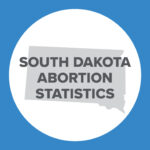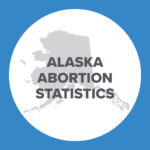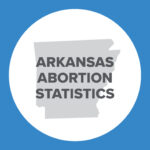Abortion Reporting: Oklahoma (2018)

Oklahoma’s 2018 abortion report was published in May 2019 on the Oklahoma State Department of Health website. The report shows that total abortions in Oklahoma have increased for the second year in a row after a decade of decline.
Changes in Oklahoma Abortions, 2017-2018

*Planned Parenthood’s Oklahoma market share is not publicly available.
Abortion Totals and Trends
In 2018, there were 5,014 abortions reported in Oklahoma, an increase of six percent from the year before (Fig. 1). Since 2000, when the Oklahoma State Department of Health (OSDH) implemented its abortion surveillance system, total Oklahoma abortions have fallen by 30 percent. However, chemically induced abortions have been increasing. Chemical abortions rose by six percent between 2017 and 2018 and by 788 percent from 2002, the earliest year of chemical abortion data in the OSDH vital statistics database. In 2018, chemical abortions made up 53 percent of all abortions reported in Oklahoma. The Charlotte Lozier Institute estimates that in 2018 Oklahoma’s abortion rate was 6.5 abortions per 1,000 women of reproductive age, up from 6.1 the year before (Fig. 2).
State Report Summary
Demographic Information
Ninety-two percent of the abortions reported in Oklahoma in 2018 were performed on Oklahoma residents. As in other states, women between the ages of 20 and 24 obtained the largest percentage of total abortions, undergoing just over 30 percent of Oklahoma abortions, while women between the ages of 25 and 29 constituted not quite 30 percent, and women ages 30 to 35 were 18 percent. Ten percent of Oklahoma abortions were performed on women under the age of 20, and 12 percent were performed on women age 35 or older.
White women made up the majority of women getting abortions in Oklahoma at 56 percent of the total. Twenty-one percent of the abortions were performed on African American women, five percent on American Indian or Alaska Native women, and four percent on Asian or Pacific Islander women. An additional 14 percent of the abortions were performed on women of other unspecified races. CLI estimates that the white abortion rate in Oklahoma in 2018 was 4.9 abortions per 1,000 white women of reproductive age, while the African American abortion rate was 13.8 abortions per 1,000 African American women of reproductive age.
Forty-six percent of Oklahoma abortions were performed on women who had finished high school and 32 percent on women who had completed some college. Nine percent of the women had less than a high school diploma, and 12 percent had a bachelor’s degree or a postgraduate degree. Eighty-one percent were unmarried, while just 19 percent were married.
Most of the women getting abortions had already experienced pregnancy. Thirty-one percent reported zero previous pregnancies, compared to 20 percent with one prior pregnancy and 49 percent with more than one. Twenty-four percent had one previous live birth and 20 percent had one previous abortion. Thirty-six percent had two or more prior live births and eight percent had two or more prior abortions, while 40 percent had never had a live birth and 71 percent had not had an abortion previously. Sixteen percent of the women had suffered a previous miscarriage.
Women were given the opportunity to share their reasons for abortion. Women could provide multiple reasons. The most frequent reason, shared by 190 women (four percent), was that the woman was not ready for a child. There were five abortions because of rape (0.1 percent of all abortions) and zero because of incest or a medical emergency. The number of abortions to protect the life of the woman was suppressed, as were both the numbers of abortions because the woman’s partner was abusive and or because the woman experienced pressure from her partner to abort.
Medical Information
Almost three-quarters of the abortions reported in Oklahoma, 74 percent, were performed at eight weeks of gestation or earlier. Eleven percent were performed between nine and 10 weeks and seven percent between 11 and 12 weeks. Four percent of the abortions occurred between 13 and 15 weeks, and three percent of the abortions were between 16 and 20 weeks of gestation. Nineteen abortions were performed at 21 weeks of gestation. Gestational age was not reported for 34 abortions. Oklahoma prohibits abortions at 20 weeks post-fertilization, approximately 22 weeks of gestation, when unborn babies are capable of feeling pain. Probable post-fertilization age was determined in advance of 45 percent of the abortions. Probable post-fertilization age was not determined in advance of five abortions, and the determination was not applicable to 28 percent of the abortions. The report does not indicate whether probable post-fertilization age was determined for the remaining 28 percent of abortions. No abortions after 20 weeks post-fertilization were reported in 2018.
Chemical abortion was the most frequently used method of abortion, representing 53 percent of abortions. For less than two-thirds of the chemical abortions, the physician was in the room with the woman when she took the first pill to start her chemical abortion process. An additional 35 percent were suction aspiration procedures. Five percent of reported abortions were performed using dilation and curettage, and seven percent were performed using dilation and evacuation, also known as dismemberment abortions. Not quite one percent were performed using other or unknown methods. In 2018, 14 of the abortions were reported to have failed (the pregnancies were ongoing). Four other, unspecified complications were reported, as well as a suppressed number of hemorrhages. The report did not specify which types of abortion procedures caused the complications.1
Forty percent of the women undergoing abortions received anesthesia, 58 percent did not, and two percent did not have their use of anesthesia reported. Anesthesia was administered to just 14 of the unborn babies who were aborted. Although the report does not state the gestational age of these babies, it is likely that these abortions were performed later in pregnancy. Ultrasounds were performed before almost 100 percent of the abortions reported in Oklahoma; of these, 59 percent were provided by the physician performing the abortion. In Oklahoma, women are given the option to listen to their baby’s heartbeat. The unborn baby’s heartbeat was made audible for the woman to hear in advance of 72 percent of the abortions.
Seventy-three percent of the abortions were performed by physicians who specialized in obstetrics and gynecology and 27 percent by general practice physicians. The number of abortions performed at hospitals at which the Oklahoma abortion doctors had privileges was suppressed.
Legal and Financial Information
In accordance with Oklahoma’s informed consent process, 99 percent of the women getting abortions received medical information about their baby and the abortion procedure. Nine women were not informed, although the report does not state why these women did not receive the required information. Similarly, 99 percent of the women received information on their options and available resources, while 10 did not. A majority of the women (88 percent) were provided with this information over the phone. Oklahoma law requires that women be given the opportunity to have printed materials about their options mailed to them; in 2018, not quite a third of the women undergoing abortions chose to have these materials sent to them. Oklahoma allows for an exception to the informed consent process if a woman is experiencing a medical emergency, but the number of medical emergencies in 2018 was suppressed.
According to Oklahoma law, a parent must receive notice and give consent before a minor undergoes an abortion unless the minor is experiencing a medical emergency or obtains a judicial waiver bypassing the parental consent requirement. In 2018, the parents of 127 young women were notified. The number of minor women who obtained abortions without parental notification and consent due to medical emergencies or judicial waivers was suppressed.
The vast majority of the abortions reported in Oklahoma – 99 percent – were paid for with private funds. Oklahoma’s private insurance plans do not cover abortion unless a woman’s life is in danger, although women may purchase a separate insurance rider to cover elective abortion. Similarly, Oklahoma Medicaid covers abortions only in cases of rape, incest, and risk to the mother’s life. In 2018, the number of abortions funded by private insurance was suppressed, while state Medicaid paid for five abortions. An additional 59 abortions were funded through other, unspecified methods. More than half the abortions (56 percent) cost between $501 and $600. Thirty-four percent cost $601 to $700, three percent cost $701 to $800, and six percent cost more than $800, while the number of abortions that cost $500 or less was not reported. Oklahoma prohibits abortions from being performed by state employees or agencies or in public facilities except in cases of rape, incest committed against a minor, or danger to the life of the mother. The report suppressed the number of abortions facilitated by public employees or facilities in 2018.
Fetal Tissue
The disposal of fetal remains from abortion has become a subject of national debate. State regulations can be bewildering and antiquated. Medical waste disposal companies have received criticism for contracting with abortion centers to discard the remains of babies killed by abortion, while pro-life Americans have sought opportunities to give aborted babies proper burials. Some state legislatures have passed laws requiring the remains of unborn babies be handled in a humane way.
Recently, the U.S. Supreme Court upheld an Indiana law requiring that fetal remains must be either buried or cremated. While Oklahoma does not require burial or cremation, Oklahoma is one of just a few states to report how unborn babies who are killed by abortion are discarded. In 2018, 43 percent of the unborn babies were discarded as medical waste. Twenty-one percent were incinerated, and another 21 percent were disposed of at home. Fourteen percent were disposed of using other, unspecified methods.
State Ranking
In Charlotte Lozier Institute’s 2016 study that evaluated the comprehensiveness, quality, accessibility, and timeliness of abortion reporting across the 50 states, New York City, and the District of Columbia, Oklahoma’s reports claimed first place. However, the value of Oklahoma’s abortion reporting continues to be limited by its stringent data suppression requirements. Oklahoma could improve the quality of its reporting by reworking some of its guidelines to allow for more specific data while still protecting the confidentiality of women who obtain abortions in the state. Overall, though, other states would do well to emulate Oklahoma’s comprehensive and timely reporting.
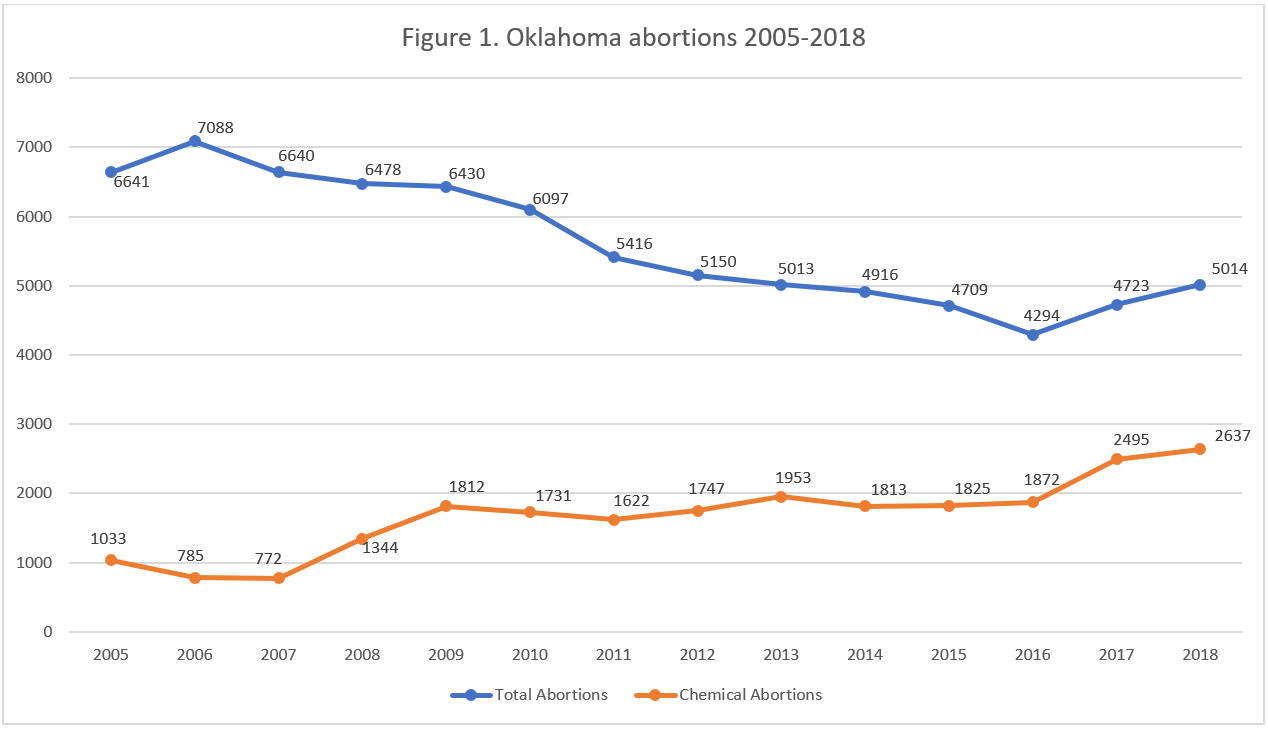
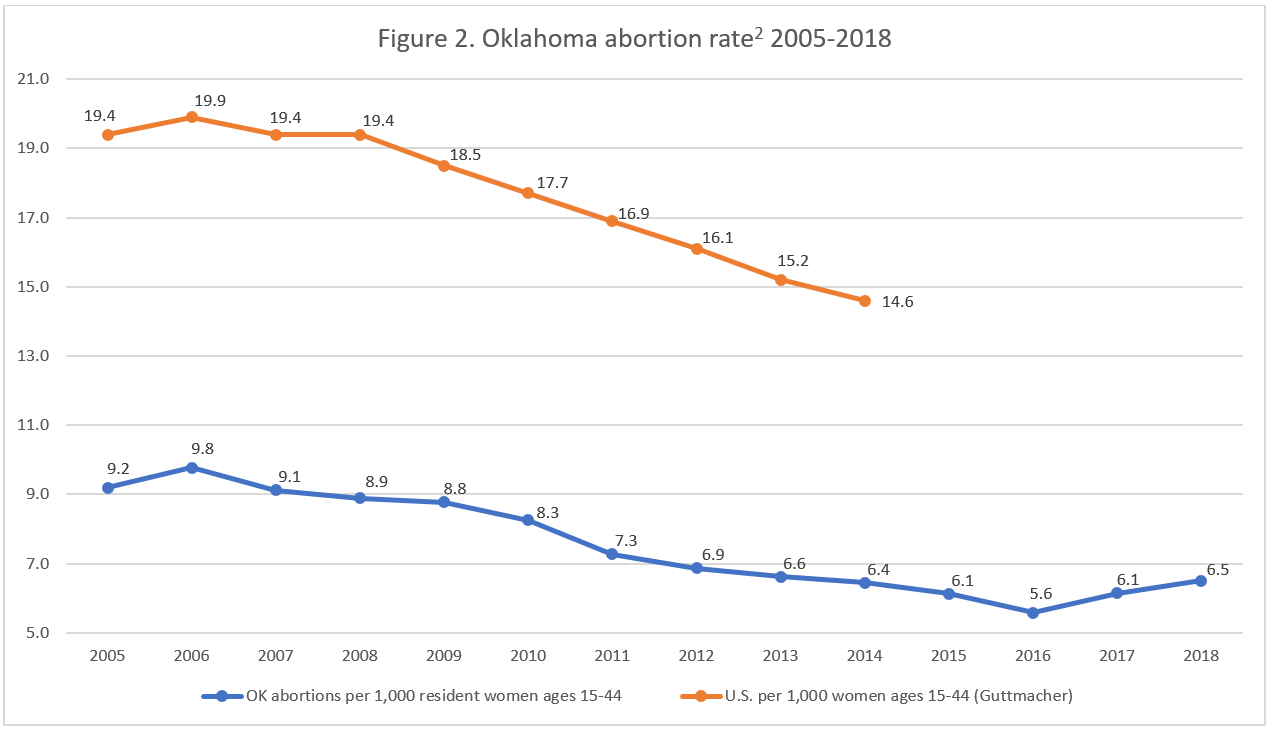
- Statistics on abortion complications reported here represent a minimal number of deaths and complications, as this data is collected in a non-systematic and non-verifiable way. As such, this data cannot be used to calculate either an accurate abortion mortality rate, nor an accurate abortion complication rate for the state.
- Starting with the 2018 abortion reports, abortion rates are calculated by the Charlotte Lozier Institute to allow for easier state-to-state and year-to-year comparisons. Rates were calculated by CLI using population estimates from the United States Census Bureau. The rates were calculated using the following formula: (total number of abortions performed in Oklahoma ÷ number of resident women ages 15-44) x 1,000. Rates may differ slightly from previous CLI articles due to revised population estimates.










